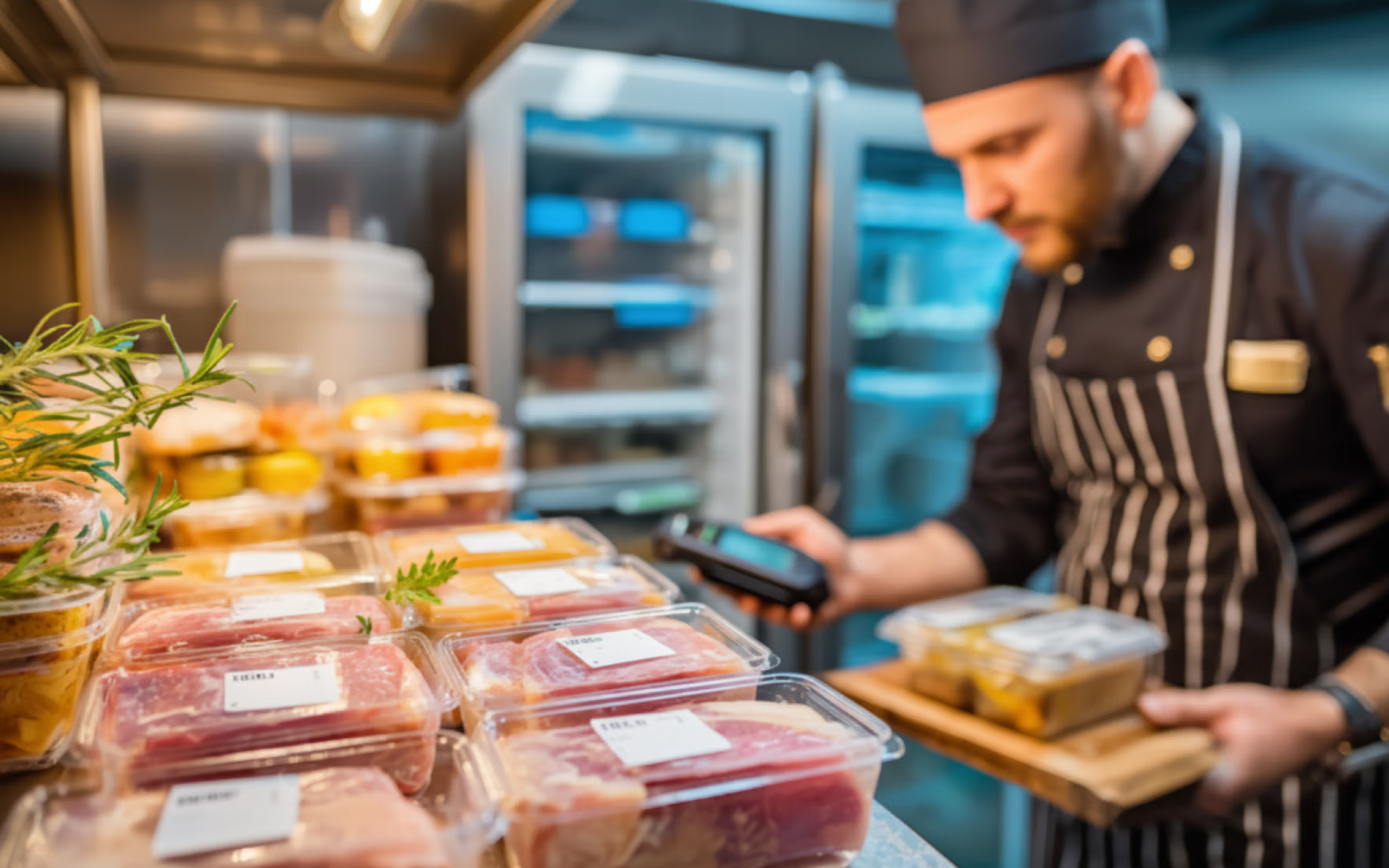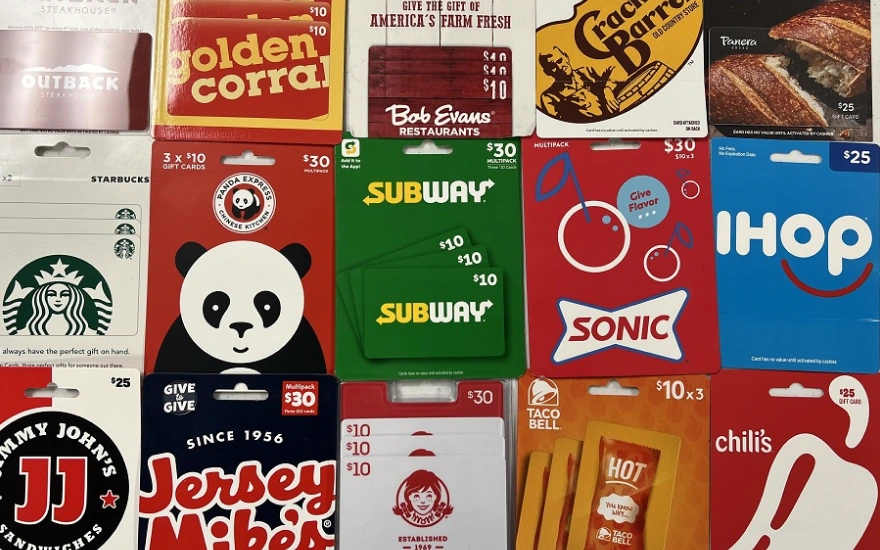5 Ways to Reduce Labor Costs In Your Restaurant

Are your labour costs getting out of control? For the majority of restaurants, labour is already the most significant expense; yet across North America, restaurants deal with labour shortages and rising prices on the regular. So what can be done to overcome these challenges?
This article will explore five ways to reduce labour costs without spending a dime. Let's dig in.
1 - Reduce employee turnover.
According to Cornel Hospitality, employee turnover costs about $5,600 per employee. That cost includes productivity loss, recruitment, and training. Therefore by reducing turnover, you can ultimately reduce your labour costs! Especially if you are experiencing high turnover rates.
Employees are less likely to leave if they're happy working for you. So, the first step to retaining employees is to find out what they like and dislike about working for you. Create a company your staff love working for and address wages, scheduling, work environment, and tipping concerns.

2- Build better schedules.
Reduce labour costs by scheduling your team more efficiently and avoiding over-staffing.
This doesn't mean leaving your team short-handed but rather ensuring there is no point where you have too many people scheduled.
It costs you and your employees money to bring them in for a shift, only to send them home if it's not busy. Consider using sales forecasting tools and reports to build more accurate staffing schedules.
When using scheduling software, you can iterate on an existing schedule and make changes based on special events, seasonalities, and weather forecasts. Those changes, in addition to trends in your sales data, can be used to build more accurate schedules that reflect your needs for each day.
3 - Increase overall efficiency.
You must look at your entire business to save significantly on staff hours. Why? Because labour hours aren't only a measurement of your staffing levels and your processes, SOPs, equipment, and menu.
To make your team more efficient, start by auditing everything they do and simplifying your processes where possible.
Take any complicated steps, and break them down using restaurant SOPs. Remove menu items that are low-margin but complex for your team to prepare. Fix broken equipment to eliminate workarounds and see what tasks you can automate.

4 - Invest in training and cross-training.
To ensure your team operates most efficiently, they must have proper training. A handy way to accomplish this is to create a checklist of everything your new hire will be doing and train them on each task.
Either do the training yourself or have one of your most trusted employees do it. The goal is to teach your new team members how to perform their duties efficiently without wasting time.
A good onboarding process has also been proven to increase restaurant employee retention. In doing this, you will have new employees who perform better, sell more, and find the word more enjoyable.
Don't forget cross-training.
It's hard to build a schedule when you don't have enough staff to cover the work that needs to be done. Depending on your business model, you might be unable to cross-train every task. But, you should be able to cross-train everyone in front and back-of-house positions.
Remember, each employee you have comes with their costs. That's payroll fees, taxes, work-safe premiums, and many other fees depending on your jurisdiction. For every extra employee you have on staff, you have these fees in addition to their wages. That means that the fewer staff you need to make your weekly schedule work, the better it is for your bottom line.

5 - Let your customers order for themselves.
Don't forget the front counter when thinking about ways to make your team more efficient. Every order made through a self-serve kiosk, mobile app, or online ordering site is one less order your team members must manually enter. And those orders–and that time–add up.
The key to freeing up your front-of-house staff is implementing solutions that make it easier for your customers to order. Say you put in a self-serve kiosk, but it's hard to use and doesn't offer the options that your other ordering methods allow. Then, your team will spend more time problem solving for customers than they would have to enter an order.
Be sure to choose a great mobile order app to help implement these procedures, and ensure your customers a fantastic experience.
Use multiple strategies to reduce overall labour costs.
Each one of these strategies on its own will reduce your labour costs by a bit. The savings come when you combine these strategies to reduce your overall costs.
Consider exploring different ways you can lower labor costs by considering all the elements of your restaurant, and different levers you might pull to get results.
And if you are really curious about lowering costs and increasing profits, you should check out our free guide below!




